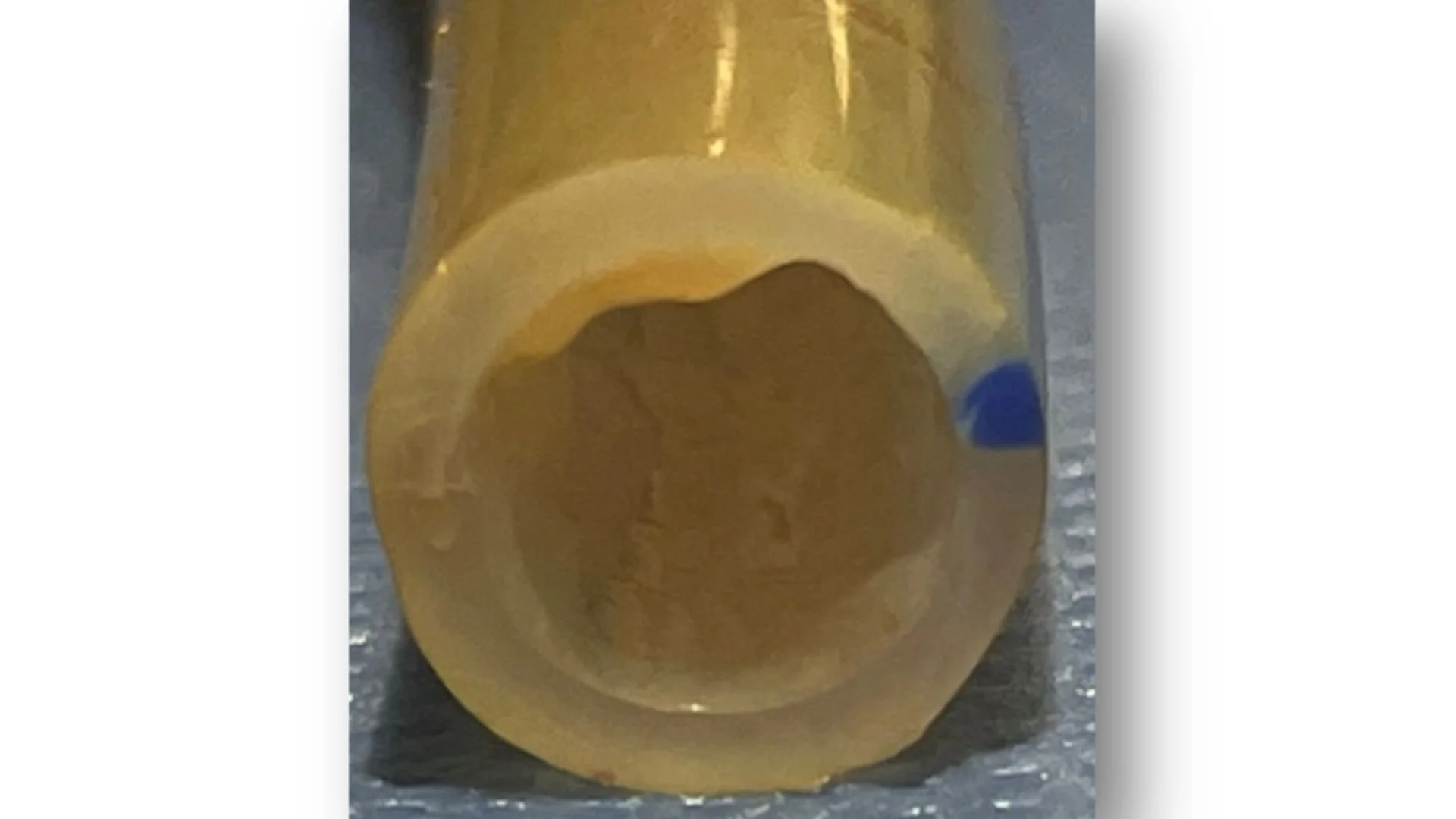
Ventilator-associated pneumonia (VAP) remains one of the most common and life- threatening hospital-acquired infections in intensive care units (ICUs) across the globe. It affects up to 25% of patients who undergo mechanical ventilation, contributing substantially to increased morbidity, longer ICU stays, prolonged antibiotic therapy, and elevated healthcare costs.
5% - 40% of mechanically ventilated patients gets VAP
50% of antibiotics prescribed in ICU are for VAP
7-10 days increase in ICU length of stay
As single case of VAP can cost as much as $40,000
What is VAP?
-

The Endotracheal Tube
When a patient is intubated, the endotracheal tube (ETT) bypasses the body’s natural defences—like coughing and mucociliary clearance—creating a direct pathway for bacteria to enter the lungs.
-

Biofilm Formation
Within hours, microbes attach to the inner surface of the tube and form biofilms—protective layers of bacteria that resist antibiotics and immune clearance. This image demonstrates a cross section of an ETT and biofilm adhering to the inner lumen of the ETT.
-

Why the Endotracheal Tube Increases Infection Risk
The ETT serves not only as a conduit for airflow but also as a surface for microbial colonisation. The biofilms attached to the ETT act as persistent reservoirs, continuously releasing pathogens into the lower airway and playing a major role in the development of ventilator-associated pneumonia (VAP).